Baking Tips: How to Bake with Fresh Fruit
|
Hi I’m Christy and I share recipes on a website called Feasting Not Fasting. I have been cooking and baking at home since I was old enough to reach the kitchen counter. Now I mainly share quick, healthy recipes with natural ingredients that make it easier to eat healthy at home without sacrificing any flavor. This post will show you that baking with fresh fruit can be fun and easy when done right. Watch the video to see the tips put into action!
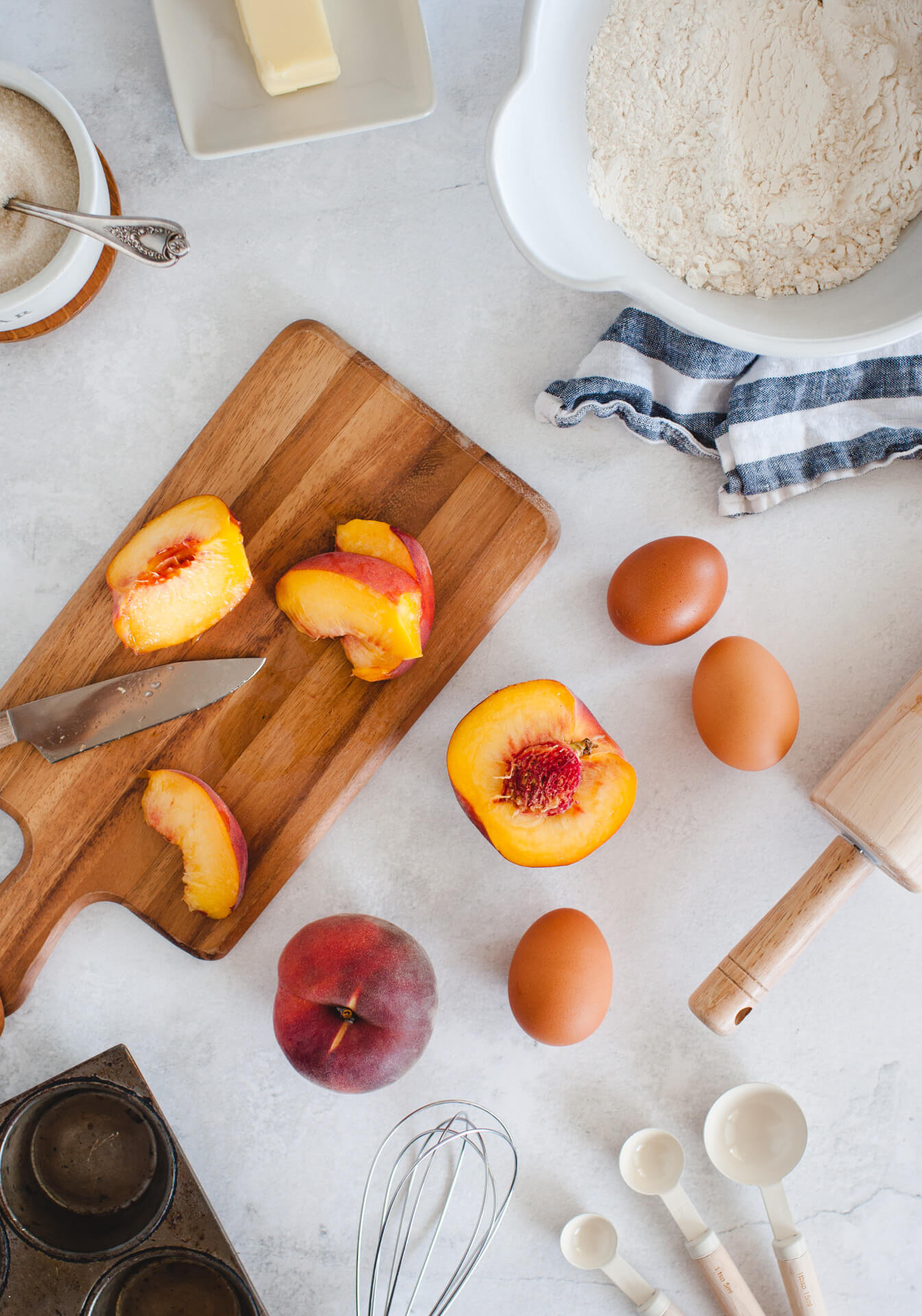 How to Bake with Fresh Fruit
How to Bake with Fresh Fruit
It’s no secret that fresh is best! Baking with fresh fruit can create some of the most delicious pies, cakes, pastries and treats. That being said, it can also be tricky and if you don’t know how to handle the fruit, the end result might not end up being as great as it could be.
Luckily, we’ve done the trial and error for you! We have some tips and tricks for baking with fresh fruit plus a few extra pointers on using fruit that is fresh, frozen, dried and canned. From now on you can be sure your fruity treats will turn out exactly the way you want them to.
Tips for baking with fresh fruit
When it comes to fresh fruit, there are a few things you need to keep in mind when it’s time to bake your favorite recipe. Fresh fruit is juicy and delicious which means it may also contain extra juice compared to fruit preserved in other ways. This section contains our top tips and recommendations.
Use in season ripe fruit
In this day and age, you can buy cherries in December but that does not mean they’ll be at their peak quality. Choose to use in season fruits and check to make sure they are ripe.
So what if your fruit isn’t ripe? To ripen peaches, pears and other soft-skinned fruit faster, you can place them in a brown paper bag and fold the top down for a few days. Just be sure to check them daily so they don’t overripen!
When in doubt, taste the fruit! In a perfect world, all fruit would be consistent, but variation is natural and some will inherently be sweeter than others. If your taste test reveals your fruit isn’t as sweet as you had hoped, you may need to slightly increase the sugar in the recipe (normally just a teaspoon or two will do).
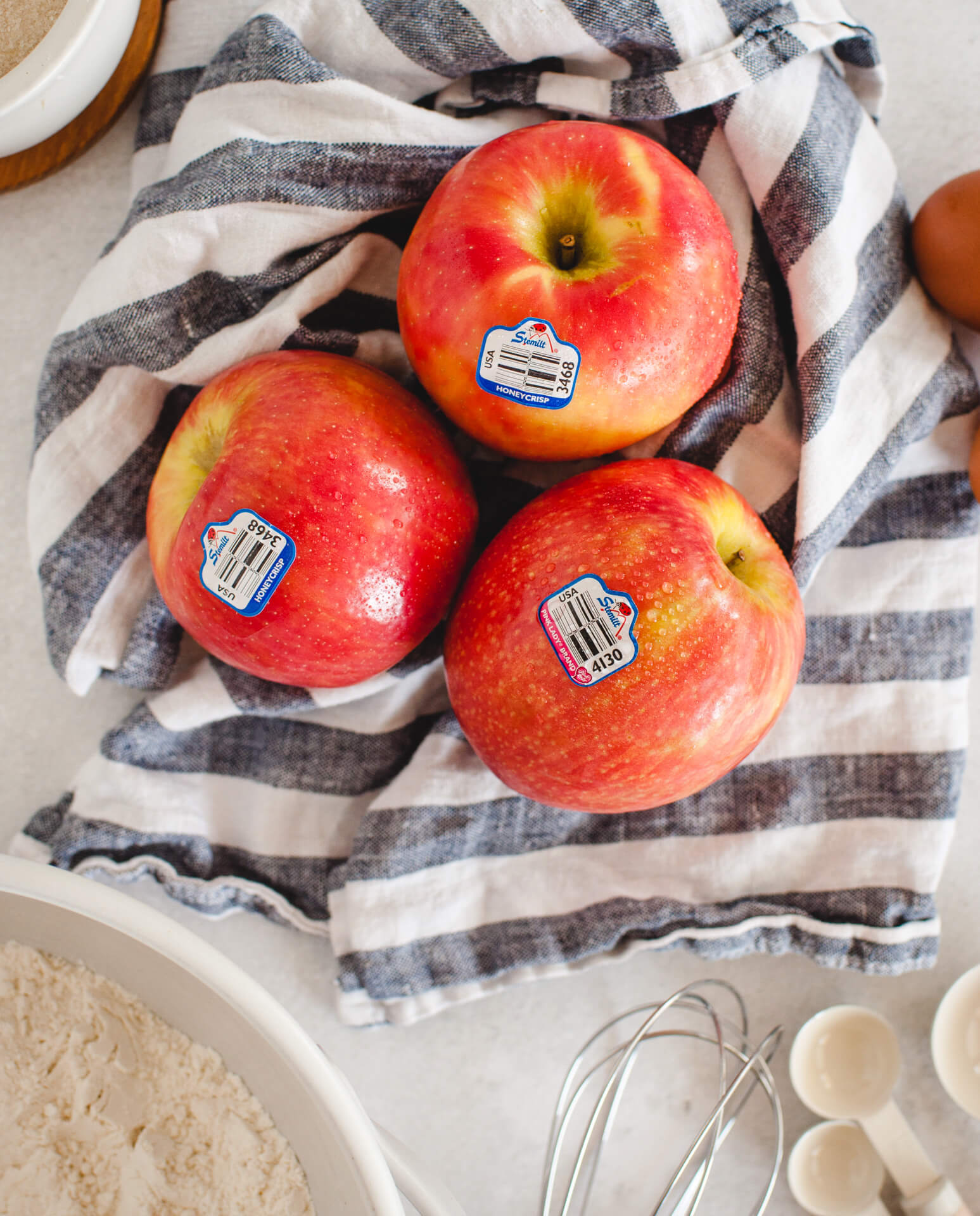 Choose the right recipe
Choose the right recipe
Not every recipe is designed for fresh fruit. If the recipe specifies canned or frozen and you want to use fresh, it may be safest to just choose another recipe.
If you’re an experienced baker, you may be able to make adjustments to make the recipe work with fresh fruit but keep in mind that baking time and ingredient quantities will likely need to be changed.
Similarly, different fruits have different moisture content so if you are substituting one fruit for another, make sure to keep that in mind. For example, using peach in a recipe that calls for apple will add more moisture and may not be the best substitute. Swapping for a firm pear or another fruit with a similar moisture content to an apple would be a better choice.
Handle delicate fruit carefully
Regardless of the recipe you choose, prepare the fruit by washing and drying before using. For delicate fruits like peaches, handle them carefully to prevent bruising. For fruits with small pits like cherries, make sure to get all of the pits out. A cherry pitter or sharp paring knife work well for this.
How to remove peach skins
In many stone fruit recipes, leaving skins on is perfectly fine, but others require them to be removed for the best texture. For some peaches, a sharp vegetable peeler may do the trick but for others, blanching is helpful.
To blanch peaches, bring a pot of water to a boil and submerge peaches for 20 seconds before promptly removing. From here, you can easily remove the peach skins with your fingers.
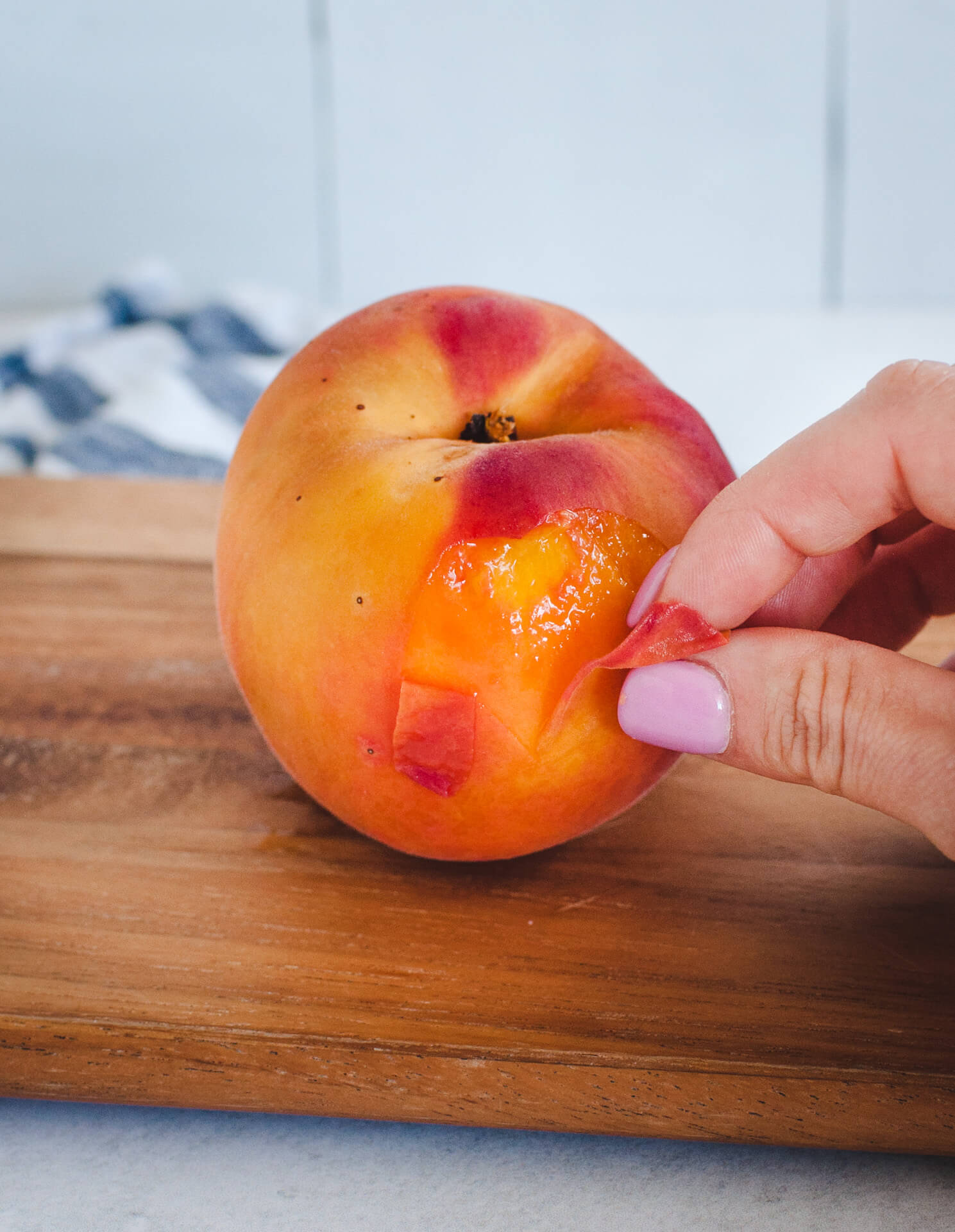 Use uniform pieces
Use uniform pieces
When baking with fresh fruit, it is important to cut the fruit into similarly sized pieces. When the fruit pieces are uniform, they are more likely to properly soften during the baking process.
How to keep fruit from sinking
If you have ever tossed fresh fruit into a cake only to find that it all sank to the bottom while baking, this tip is for you! The batter for baked goods like cakes, cupcakes and muffins typically isn’t thick enough to keep the fruit in place.
An easy way to prevent fruit from sinking is to coat the fruit in a small dusting of flour, like in this cherry chip cake recipe. Dry fruit with a kitchen towel or paper towels if it has recently been washed. Use 1-2 teaspoons per cup of fruit and lightly toss the fruit in the flour. Do this right after preparing batter and gently fold the fruit in. This method works well with frozen fruit too!
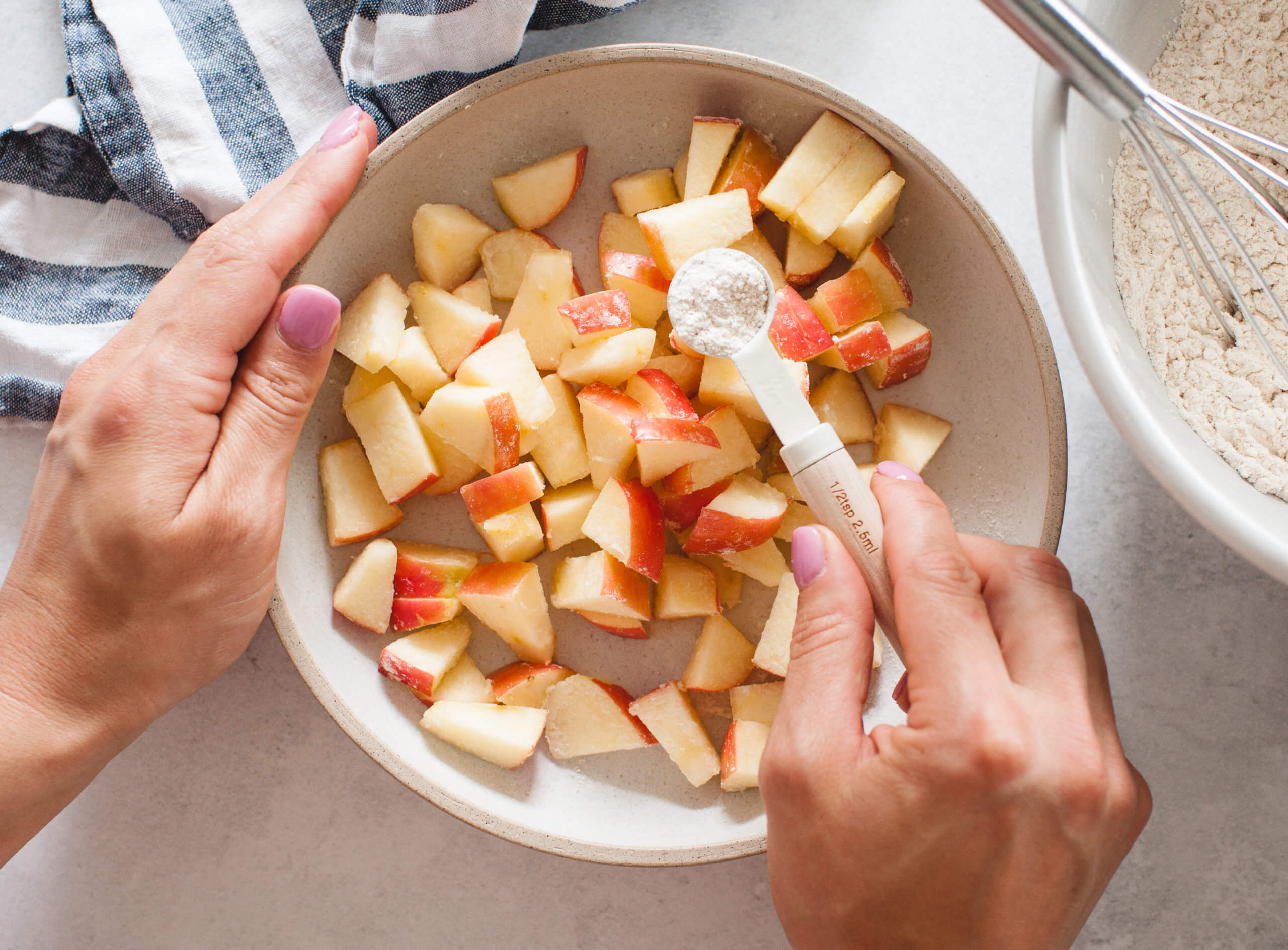 In thicker batters, you can usually just cut the fruit into smaller pieces so it won’t be as heavy and will be less likely to sink. Some recipes, like this sweet apple upside down cake, recommend layering fruit on the bottom of the pan intentionally. Other recipes like this pumpkin pear bread lay fruit flat on the top of the batter to avoid sinking.
In thicker batters, you can usually just cut the fruit into smaller pieces so it won’t be as heavy and will be less likely to sink. Some recipes, like this sweet apple upside down cake, recommend layering fruit on the bottom of the pan intentionally. Other recipes like this pumpkin pear bread lay fruit flat on the top of the batter to avoid sinking.
Par-bake pie crusts for fruit pies
In Par-baking or blind baking, you partially bake the pie crust before adding the filling. This ensures the crust on the bottom is crispy.
This is typically recommended with all creamy or fruit based pies. But it is especially important with fresh fruit since the excess liquid can make the bottom soggy. Follow the recipe you’re using for instructions on how to par-bake.
Baking with fruit that isn’t fresh
While baking with fresh fruit is ideal in most cases, the craving for fruit-filled desserts can strike any time of year and it’s nice to have options. Some recipes actually do best with canned or stewed fruit and others are developed specifically for frozen or dried fruit. Here are a few suggestions on how to handle frozen, canned, and dried fruit in baking.
- Frozen – thaw larger fruit pieces to ensure even baking and keep water from being released into the cake as it bakes. Smaller fruit (blueberries, raspberries, cherries, etc.) can typically be left frozen but you may need to bake longer. For cherries and berries, you can do a quick rinse and dry to prevent the juice from bleeding out and discoloring the batter if desired. Make sure to check for freezer burn!
- Canned – canned fruit is typically processed with sugar so use recipes specifically made for canned fruit. Many pie recipes call for canned fruit.
- Dried – use recipes catered to dried fruit (fruit cakes, bars, cookies, etc.). Since dried fruit is chewier, smaller fruits or chopped up fruit pieces work best for this. Soaking dried fruit before baking can improve the texture in some recipes.
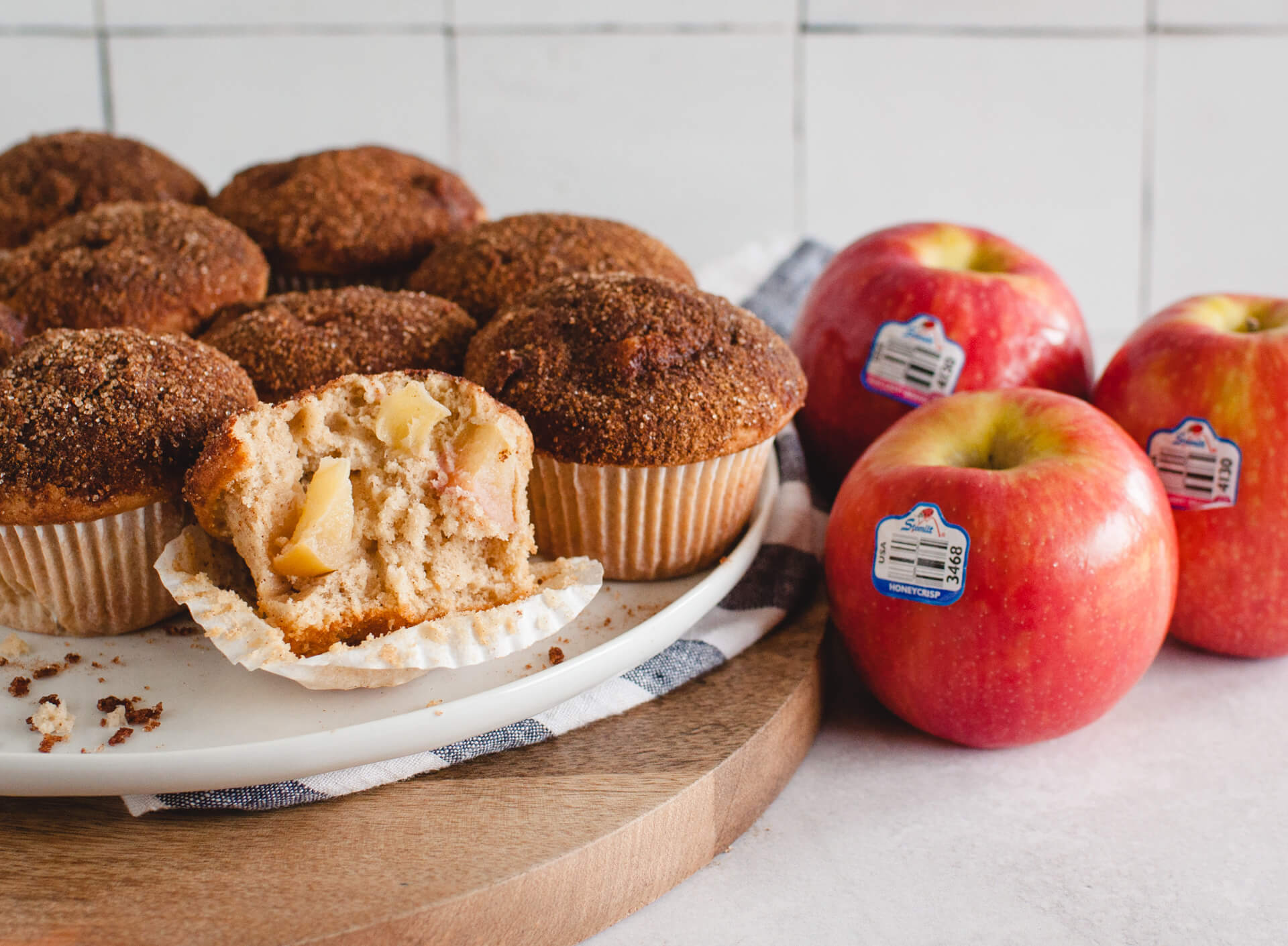 General baking tips
General baking tips
When baking with any fruit, fresh or frozen, there are several best practices to ensure your baked goods turn out the best they can be:
- Make sure not to overmix batter or dough. Your end result can turn out tough due to extra gluten being released.
- Weighing flour isn’t just for French bakers! A cup of flour varies by several tablespoons based on whether you scoop or spoon it into the measuring cup and by how long you let the flour sit. If you don’t have a kitchen scale, you can use a wire whisk to fluff up the flour in your cannister and then spoon the flour into your measuring cup. This will give you a more accurate measurement than the scooping and scraping method.
Best fruit varieties to bake with
You can technically bake with any fruit, of course. While some Stemilt fruits hold up better in baking, others are better to just eat fresh. Here are our recommendations:
- Apples – Granny Smith, Cosmic Crisp®, and Pink Lady® are great in any recipe calling for apples. Depending on what you are making, Golden Delicious and Fuji often work well too.
- Pears – Bosc and d’Anjou pears are great for baking.
- Peaches – free-stone peaches are easiest to bake with since the pit will pop out easier without bruising the delicate peach flesh. Free-stone is not a variety and simply refers to later summer peaches where the pit doesn’t cling to the fruit itself.
- Cherries – Any dark-sweet cherry variety is good for baking. Rainier cherries are often tasty in baked goods but are better when you eat them fresh.
Recipes baked with fresh fruit
If you’re looking for inspiration, here are some delicious recipes using fresh fruit right here on the Stemilt website. Happy baking! Be sure to leave a review on any recipe you try to let us know how it turned out!
Apples
Try our delicious Apple Zucchini Cinnamon Bread recipe. It is a great addition to the breakfast table or pairs great with an afternoon cup of tea. Or are looking for something unique to bring to a fun, friendly get together? This Sweet Apple Upside Down Cake is simple, but elegant.
Cherries
These Very Cherry Muffins are great for both fresh or frozen cherries, depending on the time of the year. Or if you are feeling the need for dessert, this Classic Cherry Clafoutis is the French-custard recipe for you!
Peaches
Our Fresh Peach Cake with Peachy Whipped Topping recipe is great for those fresh peaches you find in late summer/early fall. You can use frozen or fresh peaches in a Classic Peach Cobbler recipe!
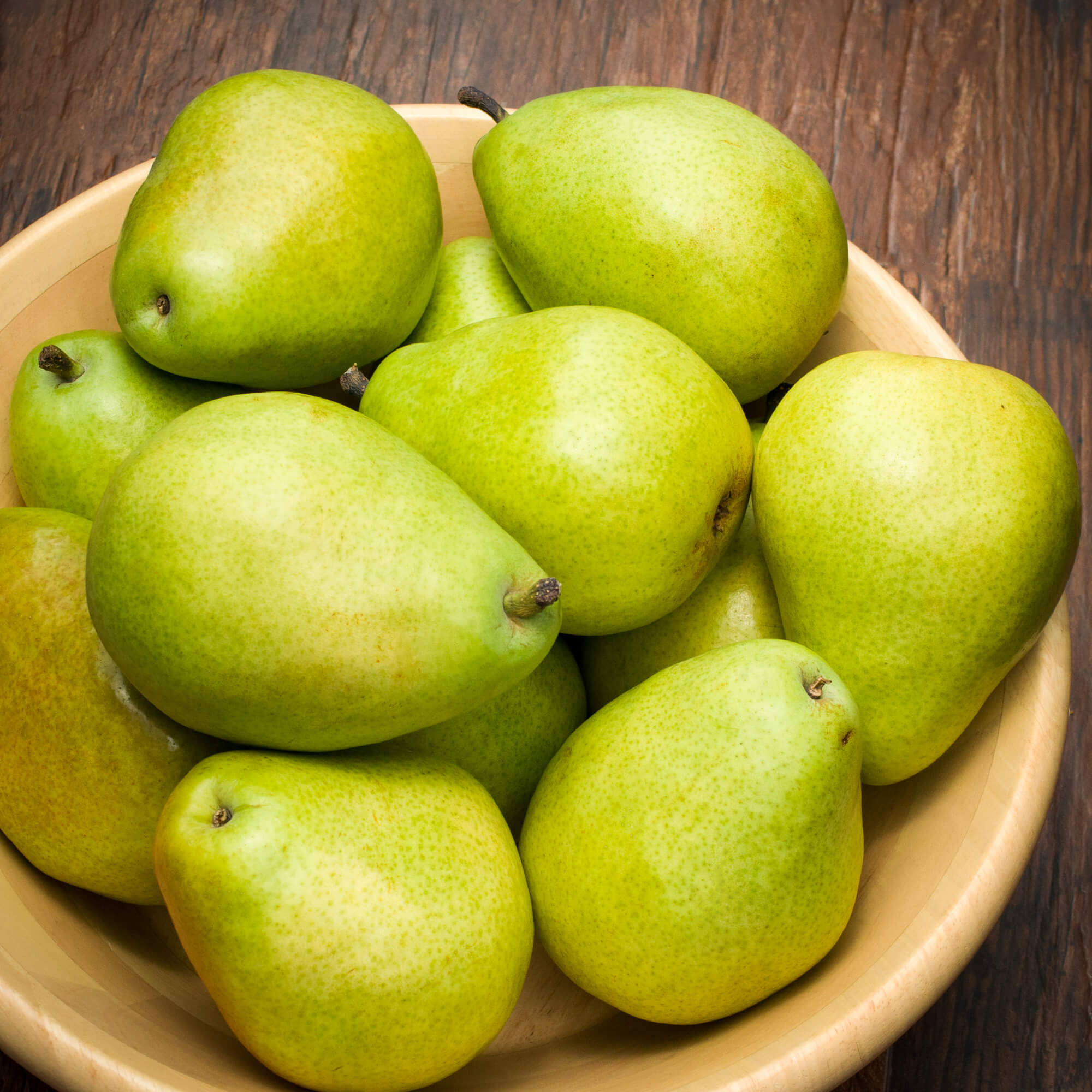
Pears
For most of the year pears are available and are a great ingredient in baked goods, especially since they pair well with seasonal flavors. Try out out Sticky Pear Pudding or our Pumpkin Pear Bread recipes for something festive to start the day with! Or better yet, if you are looking for a nice dessert to share with family try our Pear Almond Cake!
